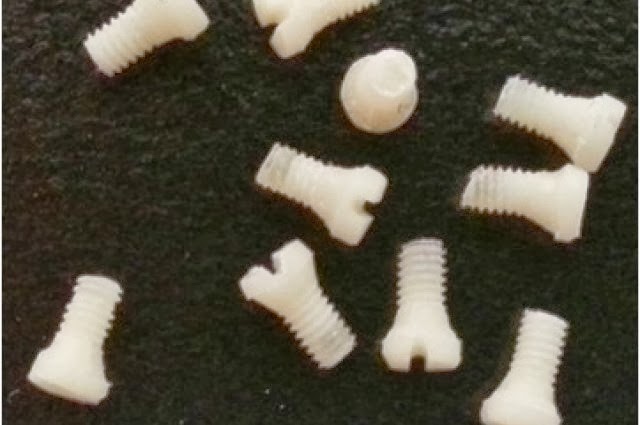We (Becky and Lonnie) had seen the videos of glass being poured at KOG and even shown them in the summer camps - including at the University of Indianapolis on the south side of Indy, but we had never made the trek to the far north side to see KOG, a world-famous maker of art glass.
The trip is about three hours each way from Cincinnati, but it's an easy enough three hours with the factory being about forty-five minutes north of the loop interstate around Indy but forty-five minutes on a four-lane highway most of the way.
The factory tour only runs once a day - at 10am, so we set off early and arrived at 9:30 as the tour was actually about to get underway. They had a pre-arranged tour of local school children coming in at 10am and wanted to get the day's open tour of a dozen adults moving before the school children came through.
The tour guide (David, far right, first row under The OP Shop Team) was highly knowledgeable, having working at KOG for three years but having worked with glass for more than thirty years. David took us through the hot shop with its twelve kilns (each replaced once every four months or so, the entire kiln shut down and rebuilt once every twenty-five years, glass heated to 2600 degrees [Fahrenheit, David thought]). We got to see the workers pour a few smaller sheets using the catspaw rollers, producing a gorgeous and heavy texture on one side of the 1/8"-thick glass sheets. The sheets were pushed into an annealing, conveyor-belt over for a forty-minute cool time (far shorter than either of us expected). We didn't take long enough to see 'our' sheets come out the other end, sadly.
The next stop was to the glass blowing room where we saw two blown rondels being made and saw the finished products of the glass blowing shop including some gorgeous paperweights. Never knew that the bubbles in the paperweights (like this) were created by rolling the hot glass in baking soda (2 NaHCO3 --> Na2O(s) + 2 CO2(g) + H2O(l)).
We headed to see the large, glass sheets trimmed with impressive efficiency. Sadly 'our' sheets that we'd seen poured weren't quite out of the annealing process for us to see. We did get to see into the 'rainbow room' where many of the glass sheets are stored. We watched some glass beads be made and wrapped up our tour back in the OP shop.
Check out our pics and vids...
 |
| Broken glass gets collected by color to be reused. |


